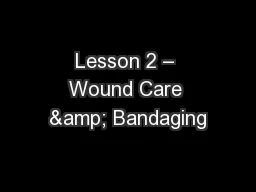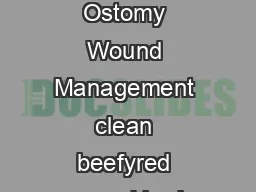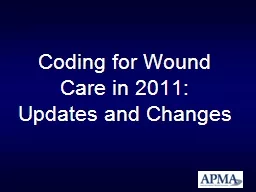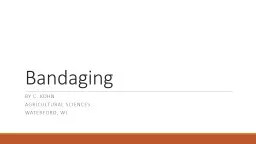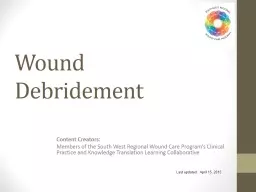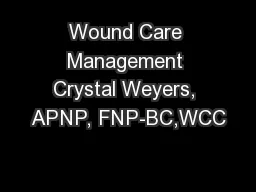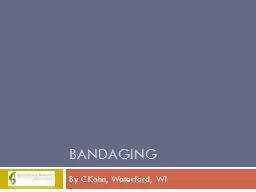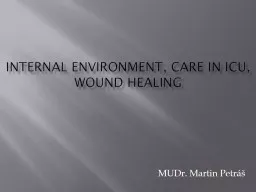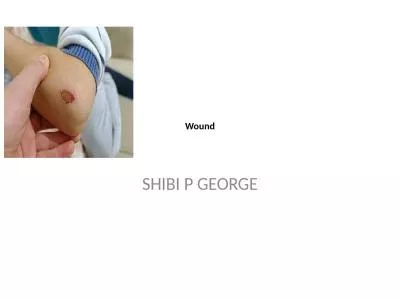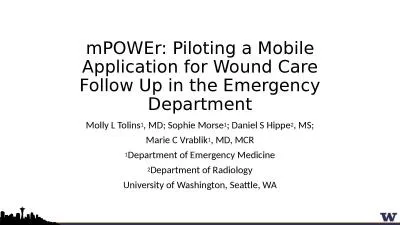PPT-Lesson 2 – Wound Care & Bandaging
Author : conchita-marotz | Published Date : 2018-11-03
Unit Veterinary Assisting II Client I woke up one morning and my dog Nora looked like she had a baseball inside her neck on the right side There were no marks at
Presentation Embed Code
Download Presentation
Download Presentation The PPT/PDF document "Lesson 2 – Wound Care & Bandaging" is the property of its rightful owner. Permission is granted to download and print the materials on this website for personal, non-commercial use only, and to display it on your personal computer provided you do not modify the materials and that you retain all copyright notices contained in the materials. By downloading content from our website, you accept the terms of this agreement.
Lesson 2 – Wound Care & Bandaging: Transcript
Download Rules Of Document
"Lesson 2 – Wound Care & Bandaging"The content belongs to its owner. You may download and print it for personal use, without modification, and keep all copyright notices. By downloading, you agree to these terms.
Related Documents

